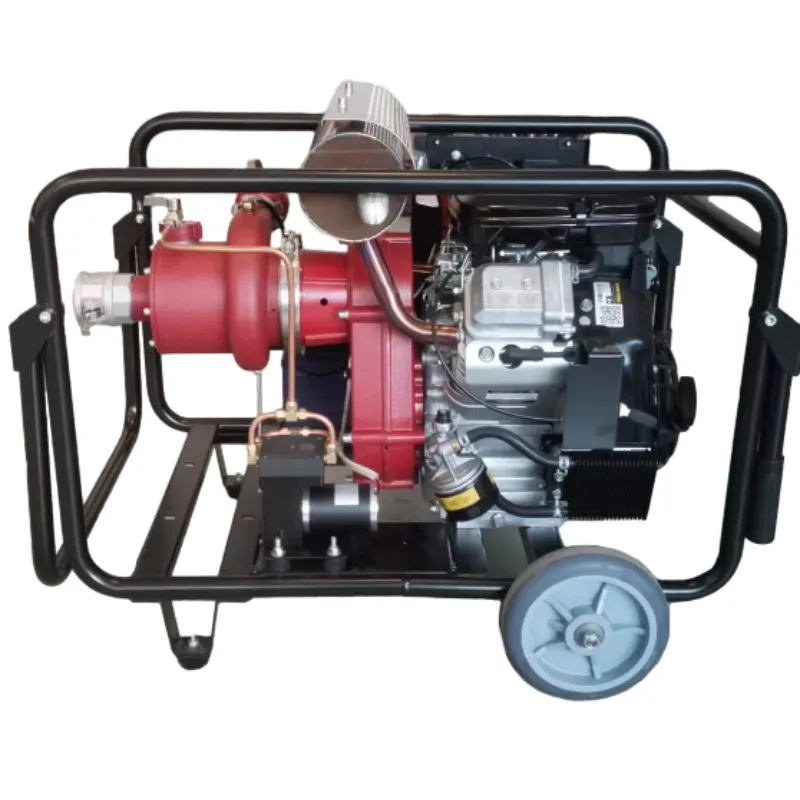

A significant consideration when integrating hydrant pumps into a fire fighting system is compliance with local and international safety standards. Authoritative bodies such as the National Fire Protection Association (NFPA) provide guidelines that dictate the appropriate specifications, installation techniques, and maintenance routines for hydrant pumps. Following these standards not only ensures operational effectiveness but also enhances the credibility and trustworthiness of the safety infrastructure in any facility. Another aspect drawing considerable attention is the integration of smart technology. Modern hydrant pumps are increasingly being linked with digital monitoring systems, offering real-time data analytics and predictive maintenance alerts. This technological advancement augments traditional practices, enabling pre-emptive identification of potential failures and optimizing performance through data-driven insights. As an expert, understanding these technological integrations can significantly impact the efficiency and reliability of fire fighting operations. When evaluating hydrant pump systems, one must also consider the environmental and economic sustainability. Opting for energy-efficient pumps and implementing eco-friendly technologies contribute towards minimizing the ecological footprint of fire safety operations. Furthermore, these sustainable practices often translate into cost savings over the lifecycle of the system, appealing to economically conscious stakeholders. The successful deployment of hydrant pumps is not solely dependent on the choice of equipment. Proper training for personnel is equally crucial. Ensuring that fire fighters and safety personnel are adept in handling these systems, through continuous education and drills, builds an environment of preparedness and responsiveness that is quintessential in high-stress scenarios such as fire outbreaks. In conclusion, hydrant pumps are indispensable in fire fighting, bridging the gap between water supply and effective fire suppression. Through a blend of technical know-how, adherence to safety standards, and integration of modern technology, stakeholders can enhance the effectiveness and reliability of their fire safety systems. The judicious selection and management of hydrant pumps promise not only compliance and reliability but also demonstrate a commitment to safeguarding human lives and valuable assets against the unpredictable nature of fire disasters. As the landscape of fire safety evolves, staying informed and adapting to new technologies and standards is essential for maintaining a superior fire fighting system.





























